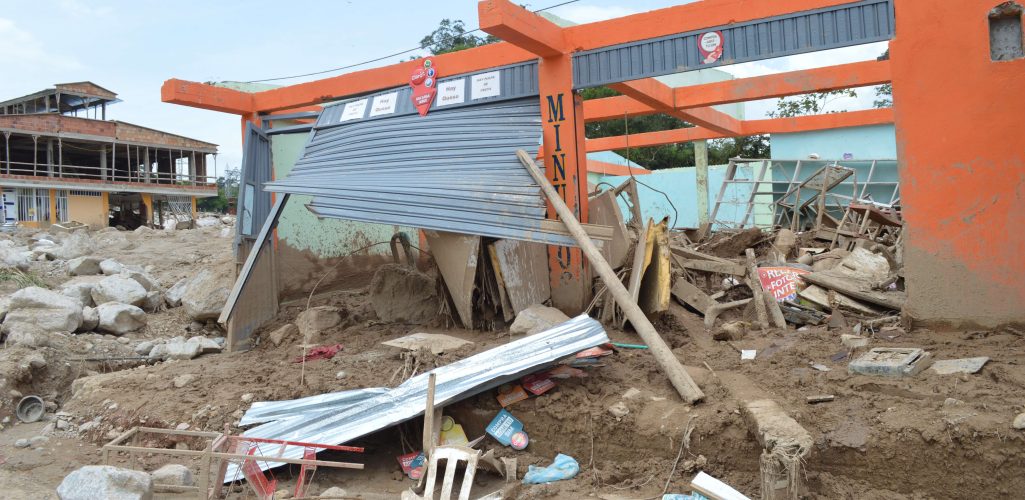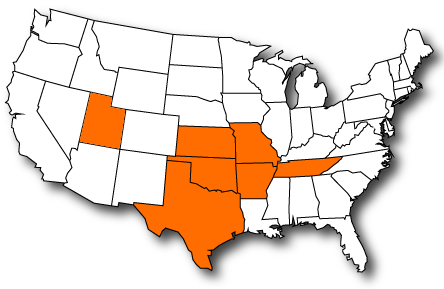When the unexpected strikes and your home suffers damage or loss, having a comprehensive home insurance policy in place can offer a sense of security and peace of mind in Arkansas. However, understanding the claims process and knowing what to expect when filing a home insurance claim is essential for a smooth and stress-free experience. In this comprehensive guide, we will walk you through the various stages of the claims process, from initial filing to resolution, empowering you to navigate the journey with confidence.
Understanding Your Home Insurance Policy
Understanding your home insurance policy is a fundamental aspect of being a responsible homeowner. A home insurance policy is a contract between you and your insurance provider, outlining the terms and conditions of coverage for your property and personal belongings. Familiarizing yourself with the key components of your policy empowers you to make informed decisions, ensuring that you have adequate protection in the event of a disaster or loss.
Coverage Types: Your home insurance policy typically comprises two primary coverage types: property coverage and liability coverage. Property coverage protects your dwelling, other structures on your property (e.g., garages, sheds), and personal belongings against specified perils. Liability coverage, on the other hand, safeguards you from legal responsibility in case someone gets injured on your property or if you accidentally damage someone else’s property.
Perils Covered and Excluded: The policy explicitly lists the perils or events covered under your insurance, such as fire, theft, vandalism, and some natural disasters. It’s essential to understand which perils are included to know when you can file a claim. Equally vital are the perils excluded from coverage. Common exclusions may involve floods, earthquakes, and certain high-risk activities. If you reside in an area prone to such events, consider purchasing additional coverage or a separate policy.
Policy Limits and Deductibles: Policy limits define the maximum amount your insurance provider will pay for covered losses. Ensure that your policy’s limits are sufficient to replace your dwelling and possessions if a catastrophic event occurs. Deductibles are the amount you must pay out of pocket before your insurance coverage kicks in. Choosing a higher deductible can lower your premium, but be sure you can afford it in case of a claim.
Additional Endorsements: Homeowners often have valuable possessions that exceed standard policy limits. In such cases, endorsements, also known as riders, can be added to your policy to provide extra coverage for specific items like jewelry, art, or electronics.
Dwelling Replacement Cost vs. Actual Cash Value (ACV): When it comes to dwelling coverage, you may have the option to choose between replacement cost and ACV. Replacement cost coverage pays to rebuild your home at current construction costs, while ACV takes depreciation into account. Opting for replacement costs ensures you receive adequate compensation to fully restore your property.
Policy Renewal and Review: Home insurance policies are typically renewed annually. It’s essential to review your policy at each renewal to ensure it aligns with your current needs and any changes in your property’s value or contents. Don’t hesitate to discuss modifications with your insurance agent or provider to guarantee you have the appropriate coverage.
Assessing the Damage and Loss
 Assessing the damage and loss to your home is a crucial step in the home insurance claims process. This evaluation provides essential information to your insurance company, helping them understand the extent of the damage and determine the appropriate compensation for your claim. Here’s what you need to know about assessing the damage and loss:
Assessing the damage and loss to your home is a crucial step in the home insurance claims process. This evaluation provides essential information to your insurance company, helping them understand the extent of the damage and determine the appropriate compensation for your claim. Here’s what you need to know about assessing the damage and loss:
Prompt Action: As soon as you notice damage or experience a loss to your property, take immediate action. This could be due to a sudden event, such as a fire, storm, or burglary, or a gradual problem like water damage. Document the damage by taking photographs and videos from different angles. These visual records will serve as crucial evidence during the claims process.
Safety First: Before entering the affected area, ensure your safety and that of your family members. If there are safety hazards, such as structural damage or electrical issues, it’s best to wait for professional assistance. Remember, your well-being takes priority over assessing the damage.
Record Details: Make detailed notes about the damage or loss you’ve encountered. Include information like the date and time of the incident, a description of what occurred, and any visible damages to your property. If applicable, jot down details of stolen items, their approximate value, and any identifying features.
Prevent Further Damage: Once it’s safe to do so, take steps to prevent further damage. This could involve covering broken windows, tarping damaged roofs, shutting off utilities in case of leaks, and securing your property against potential intruders. Insurance policies often require policyholders to mitigate damages, so taking prompt action can be crucial for a successful claim.
Document Expenses: If you need to incur any costs to protect your property or secure temporary lodging, keep a record of these expenses. Many insurance policies cover additional living expenses (ALE) incurred while your home is being repaired, so you’ll need to provide documentation to claim these costs later.
Seek Professional Assistance: In some cases, the extent of damage may not be apparent, or you might require specialized expertise to assess the situation accurately. Engaging professional contractors, restoration companies, or assessors can be beneficial. Their experience and knowledge can provide a comprehensive evaluation of the damage, which will be invaluable during the claims process.
Contact Your Insurance Company: Once you have assessed the damage and taken the necessary precautions, contact your insurance company to initiate the claims process. Provide them with the documentation, photographs, videos, and any relevant information related to the incident. The insurer will then assign an insurance adjuster to further investigate the claim.
Filing the Home Insurance Claim
Filing a home insurance claim is a critical step in the event of damage or loss to your property. It initiates the process of seeking compensation from your insurance provider and sets the wheels in motion for a potential resolution. Here’s what you need to know about filing a home insurance claim:
Promptness is Key: After discovering damage or experiencing a loss, act promptly and file your home insurance claim as soon as possible. Many insurance policies have specific timeframes within which you must report an incident to be eligible for coverage. Delaying the claim filing could lead to complications or even denial of your claim.
Gather Necessary Information: Before contacting your insurance company, gather all the essential information related to the incident. This includes the date and time of the event, a detailed description of what happened, and any evidence supporting your claim, such as photographs, videos, or written notes. The more information you can provide, the smoother the claims process is likely to be.
Contact Your Insurance Company: Once you have the necessary information, contact your insurance company to initiate the claims process. Most insurance companies offer multiple channels for filing a claim, such as online portals, phone lines, or email. Be prepared to provide details about the incident, your policy number, and any relevant documentation you have collected.
Accurate and Clear Communication: When speaking with your insurance company or filling out the claim form, be clear and concise in your communication. Provide accurate information and avoid making assumptions or speculations about the cause of the damage. Stick to the facts and let the insurance company conduct its investigation.
Claim Adjuster Assignment: After filing your claim, the insurance company will assign an insurance adjuster to investigate the situation. The adjuster is responsible for evaluating the extent of the damage, verifying the information provided in the claim, and determining the appropriate settlement amount. Expect the adjuster to contact you to schedule an inspection of your property.
Cooperate with the Adjuster: When the insurance adjuster conducts their investigation, cooperate fully and provide any additional information or evidence they may request. Being present during the inspection can be helpful as you can point out specific damages or answer any questions they may have.
Maintain Open Communication: Throughout the claims process, maintain open communication with your insurance company and the assigned adjuster. Stay informed about the progress of the claim, ask questions if you have any doubts, and promptly provide any requested information or documentation.
To Conclude
Filing a home insurance claim can be a daunting process, but understanding what to expect can make the experience more manageable. Remember to thoroughly review your policy, document the damage or loss, cooperate with the insurance adjuster, and advocate for a fair settlement. In times of distress, your home insurance policy serves as a lifeline, helping you rebuild and recover from unforeseen events. By navigating the claims process with diligence and knowledge, you can ensure that you receive the compensation you deserve and regain the security and protection your home insurance policy promises.
Call G&G Independent Insurance today to file a home insurance claim and learn more.


